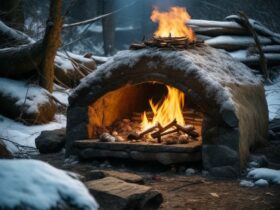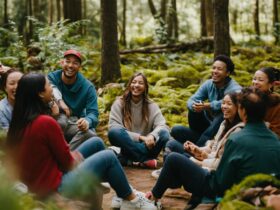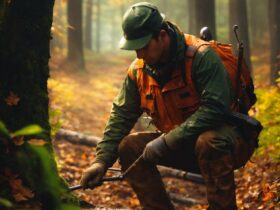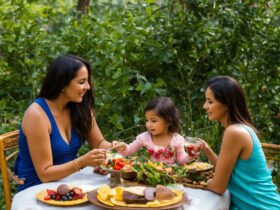Foraging for wild foods in the forest can be a rewarding and fulfilling experience. Not only does it allow you to connect with nature, but it also provides you with fresh and nutritious ingredients that you can incorporate into your meals. However, before you head out into the wilderness in search of wild foods, it is important to familiarize yourself with some expert tips for identifying and harvesting them safely.
1. Educate Yourself: Before venturing into the forest for foraging, it is essential to educate yourself on the wild foods that are available in your area. There are many resources available, such as field guides, websites, and local foraging groups, that can help you learn about the plants, mushrooms, and other edible species that grow in the forest.
2. Start with the Basics: When you are new to foraging, it is best to start with the basics – such as wild berries, nuts, and greens – that are easy to identify and have no toxic look-alikes. Some common examples include blackberries, wild garlic, and dandelion leaves.
3. Use all of your Senses: When identifying wild foods in the forest, it is important to use all of your senses. Pay attention to the color, shape, smell, and texture of the plant or mushroom you are considering harvesting. For example, some toxic plants may have a distinctive smell or taste that can help you avoid them.
4. Avoid Highly Toxic Species: While foraging for wild foods, it is crucial to steer clear of highly toxic species that can cause serious harm if ingested. Some of the most dangerous plants and mushrooms include deadly nightshade, poison hemlock, and the death cap mushroom.
5. Harvest Responsibly: When harvesting wild foods in the forest, it is essential to do so responsibly to ensure the sustainability of the ecosystem. Avoid over-harvesting and always leave some plants behind to allow them to continue to grow and reproduce.
6. Learn from Experts: If you are unsure about the identification of a particular plant or mushroom, it is best to consult with an expert before harvesting it. Local foraging groups, botanists, and experienced foragers can provide valuable guidance and help you avoid potentially dangerous mistakes.
7. Wash and Prepare Wild Foods Properly: Once you have successfully harvested wild foods from the forest, it is essential to wash them thoroughly and prepare them properly before consuming them. This will help remove any dirt, insects, or contaminants that may be present on the plants or mushrooms.
Foraging for wild foods in the forest can be a fun and rewarding activity, but it is important to approach it with caution and respect for the natural environment. By following these expert tips for identifying and harvesting wild foods safely, you can enjoy the bounty of the forest while minimizing the risks of potential harm.





Leave a Reply